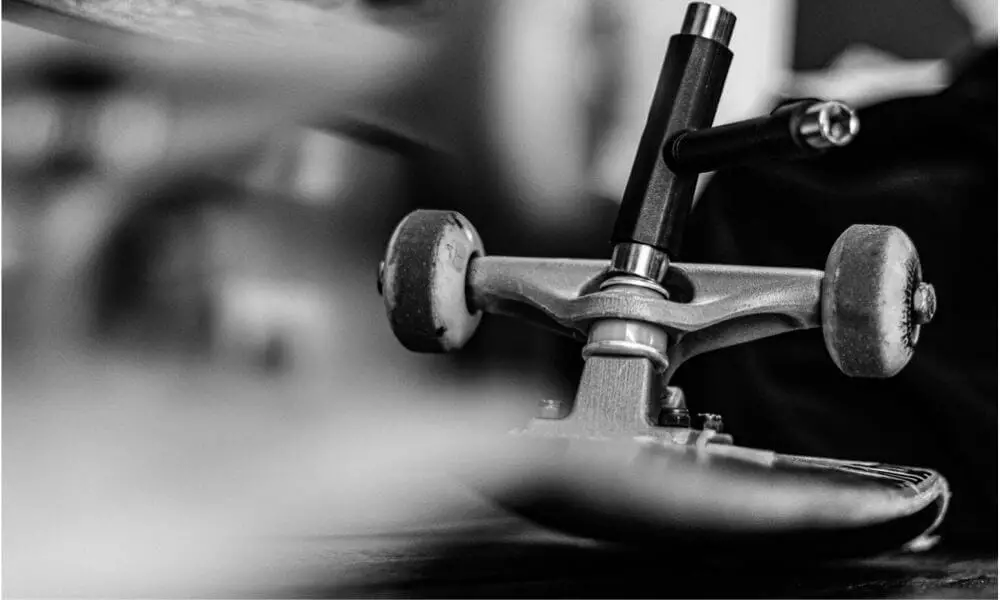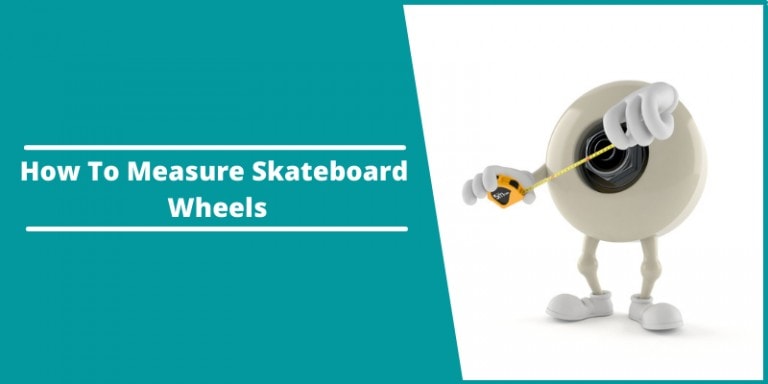How To Ride A Skateboard on Rough Roads? – Tips For Riding Smoothly
If you are a beginner skateboarder or just looking for some tips on how to ride better, then this article is for you! I will be discussing 7 ways that will help with riding smoothly and avoiding the dreaded “rough road” feeling.
It’s all about the right equipment and knowing what not to do while skating. In this article, I’ll not only teach you how to ride a skateboard on rough roads but also how to select the right skateboard equipment for rough and bumpy roads.
So keep reading below and find out how to ride a skateboard on rough roads.
I know the feeling of skating down bumpy roads- it’s not very fun!
It can be hard enough just trying to stay balanced while rolling, but if you also have to deal with bumps on the surface, then that is when things start getting really tough.
Riding aboard smoothly doesn’t need to be difficult though; as long as there are some basic techniques that are followed by both beginner and expert riders alike.
Selecting The Right Wheels For Rough Roads
There are a few techniques that can help you ride smoothly on rough roads.
However, the first thing to consider is the type of wheels your board has and if they will be suitable for what you want to do.
If you’re just interested in skating around town or commuting then one set of all-around longboard wheels may suit your needs perfectly. If you are going to skateboard on a bumpy path, with jumps and obstacles, it is best to buy a board that has softer wheels. These are designed for rough terrain.
Having that said, the softness or hardness of the wheels isn’t the only thing. You should also consider the size of the wheel as it plays an important role.
Whenever you are choosing skateboard wheels for rough roads you need to make sure that they are diameter is large enough. The bigger the wheel, the better it grips rough surfaces and can therefore maneuver over bumps and obstacles easily.
Choosing The Right Skateboard Trucks For Rough Roads
Choosing the right skateboard truck for rough roads is crucial. Whenever you’re choosing skateboard trucks for rougher surfaces make sure they have large-sized bushings.
These are designed for rougher terrain and can handle rough roads more effectively than smaller or softer ones. Besides that, you should keep the sensitivity of the trucks in mind as well.

Always remember loose trucks will be less responsive and will be much more difficult to control. Therefore, if you are just a beginner then you should always choose your trucks on the tighter side.
However, the main downside of the tighter trucks is that they will be less stable and more prone to rolling if you are on a downhill section.
So make sure that, before taking your skateboard out for rough roads, you get used to the tightness of the trucks first with some practice runs. That way when it is time to ride on rougher terrain they won’t come as much of a shock to your system.
Selecting The Best Skateboard For Rough Roads (Alternative Option)
If you don’t like picking the parts for your skateboard and making it, then I would suggest buying a complete one that is more suitable for rough roads.
As you might have guessed, there are skateboards that are better for riding on rough roads than others. And the best of these will be ones with trucks and wheels that offer a lot of stability when traveling downhill. They can still ride smoothly over bumps.
If you are still not sure about choosing a complete skateboard then you should read my complete guide on the best skateboard for rough roads.
Things To Do While Riding on Rough Roads
Once you have picked the right board for the situation the next thing you need is to keep a few things in mind before going out.
Here are some of the most important things you need to remember while riding a skateboard on bumpy roads.
- You should maintain your speed. If you are going too slow then the bumpy roads will be more difficult for you to ride over, but if you go too fast it might make things even worse as well.
- Keep moving from side to side on each foot. This is called a balanced pop and it helps keep the board stable and more responsive.
- You should stay on the balls of your feet, not your toes or heels. The reason is that it will make you less likely to slip off the skateboard if a bump hits you from below.
- Stay low on the board as well when riding over bumps in order to help maintain balance and to stay low enough that the bump will bounce over you.
- If the road is particularly rough then it might be better if you switch in between pushing with one foot at a time and alternating feet when riding so as not to put too much strain on any one muscle group.
- You should only push off of your back foot if you are going to take a turn or if the road gets especially bumpy.
- The front foot is usually pushing off of the rough surface, except for when taking turns.
Riding The Skateboard on Rough Roads
Finally here is a complete guide on how to ride a skateboard on rough roads:
Get Comfortable And Overcome Your Fear
The first step is to get comfortable on your skateboard. It might seem like an easy and straightforward process but it actually takes time to feel at ease riding board, especially if you are trying something new for the very first time.
Begin by getting accustomed to balancing while standing in one place. Start with balance exercises such as bending from the waist and touching your toes. Once you have mastered this, move on to a more challenging task such as balancing while standing with one leg lifted off the ground.
Once you feel confident in your abilities to maintain balance at a standstill, it is time to try riding without any assistance from anything else like bricks or railings! To do so, start with a small board or use the handrails to slow down your speed gradually.
Begin by riding on flat surfaces but soon enough you will be able to take on more challenging terrain and rough roads, too!
Begin Slowly
Once you feel confident in your abilities to maintain balance at a standstill, it is time to try riding without any assistance from anything else like bricks or railings! As I mentioned earlier, you can do so by using a small board and handrails to slow down your speed gradually.
You should keep your speed slow first and make sure that you can easily jump off your board if you aren’t feeling comfortable.
Don’t Forget To Wear Safety Gear
Regardless of what your skill level is, you should always wear safety gear. This includes following the rules for wearing a helmet and using wrist guards at all times when riding on rough roads.
A well-fitting helmet can help to protect against head injuries in case of accidents like falls or collisions with obstacles while skating so it’s important that you use one.
Wrist guards can help to keep your wrist from hurting if you fall onto the ground or hit it against another object while skating, so these are also important safety gears to wear.
It’s a good idea to invest in padding for other areas like elbows and knees as well! The more protection you have, the better off you’ll be.
Final Words
Skateboarders are always looking for new ways to improve their skills and one way is by riding on rough roads. There are many tricks that can be done with a skateboard, but if you want to start off slow then follow these steps.
First of all, find the right wheels which will depend on your skill level as well as what type of road surface you’ll ride on most often.
Next, select the right trucks based on how comfortable they feel when turning or pushing around corners plus whether they’re durable enough for long-term use.
Finally, get over any fears about falling down; wear safety gear like wrist guards and pads while building up confidence because eventually, even the best skaters have days where it seems impossible to stay on their board.
I hope after reading this article you will have learned how to ride a skateboard on rough roads.
GOOD LUCK!







